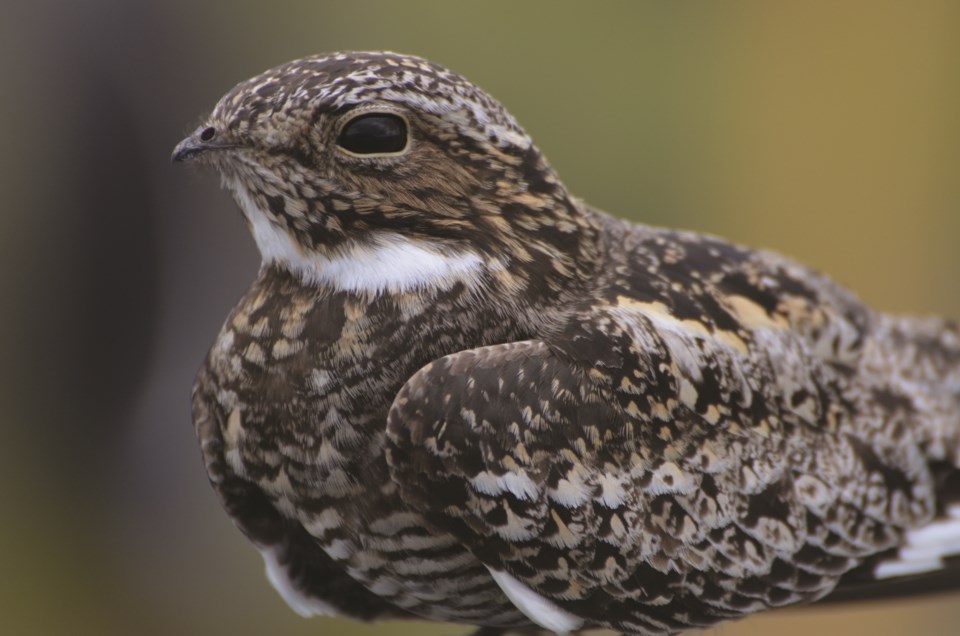In mid to late August the bird year is winding down, as our summer residents depart for the south and the birds that winter with us begin to reappear from their breeding locations to the north and east. Our forests and gardens are deathly quiet after the cacophony of bird song and other vocalizations during the spring. In my garden on Redrooffs Road, Halfmoon Bay, a few minutes in May might produce 25 different species (mainly heard), while now I might be lucky to hear a crow or a woodpecker.
The migration window for most species is quite protracted as thousands of individuals dribble south on their personal timeframe. Our eight species of warblers are already migrating, but a few individuals of most of those species will still be here in mid to late September. Many people are aware of hummingbirds. Anna’s hummingbirds are now a common year-round resident at feeders while rufous hummers are with us from late March to late August, when they return to winter in Mexico. In August the best place to find rufous hummers is up in the mountains where they forage on the flowering fireweed in regenerating clearcuts.
Swallows are closely associated with summertime. There are maximum numbers of barn swallows and purple martins around right now as the young of the year are flying. Both of these species sometimes still have second or third broods in the nest into September. On the other hand, violet-green swallows and tree swallows, which arrive on the Sunshine Coast beginning in March, have completely left, usually by Aug. 1. On Aug. 15, Aldo Cogreossi reported 12 cliff swallows at Ruby Lake, usually rare on the Coast.
Numerous people have observed common nighthawks on their evening foraging flights during August. The biggest flock reported was 40 by Gio in the Garden Bay area. Nighthawks are one of a group of birds known as the aerial insectivores, which includes swifts and swallows. These species feed entirely on insects taken on the wing and most of them are in long-term population declines. The reason is believed to be a decline in insect populations due to the use of herbicides, often in their winter ranges in the tropics. It is clear that there has been a decline in the nighthawk population on the Sunshine Coast, as the size of flocks reported has declined markedly over the years. The largest flock that I have a record of was on Aug. 12, 1998 when Barry Janyk reported 250-300 over Gibsons.
Our winter waterbirds have begun to filter back, with first reports of common loons and red-necked grebes on the Strait, and pintails and green-winged teal on estuaries such as Porpoise Bay and Wilson Creek. The shorebird passage is in full swing and rarer species reported have been Baird’s sandpiper, red-necked phalarope and semipalmated plover.
To report your sightings or questions contact [email protected] or 604-885-5539.
Good Birding.



